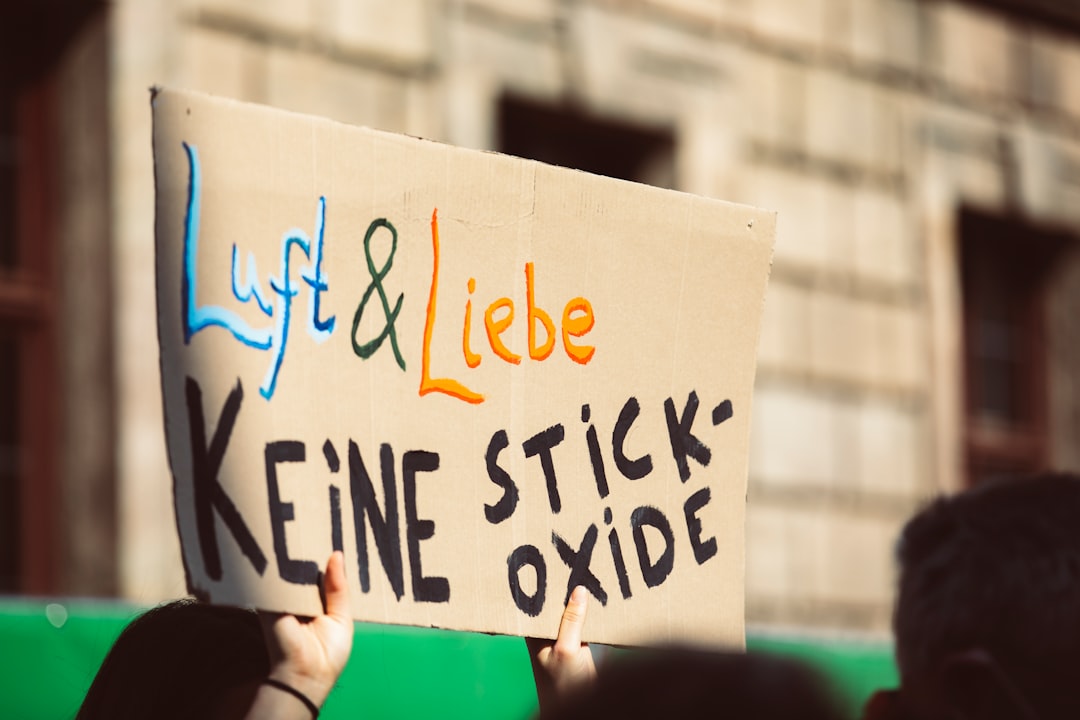After undergoing laser hair removal, it’s essential to grasp what happens to your skin during the recovery phase. The laser targets hair follicles, damaging them to inhibit future hair growth. This process can lead to temporary changes in your skin, including redness, swelling, and sensitivity.
Understanding these effects can help you manage your expectations and care for your skin effectively. You may notice that the treated area feels warm or tender, similar to a mild sunburn. This is a normal response as your skin begins to heal.
In the days following your treatment, you might also observe some hair shedding from the follicles. This is a positive sign that the laser has done its job. However, it’s crucial to remember that results won’t be immediate; it can take several weeks for the full effects to manifest.
During this time, your skin will gradually return to its normal state, and you may find that the hair grows back finer and sparser. Being patient and understanding this timeline will help you appreciate the long-term benefits of the procedure.
Key Takeaways
- Post-laser hair removal process involves shedding of treated hair and potential redness and discomfort
- Manage discomfort and redness with cool compresses and aloe vera gel
- Protect your skin from sun exposure by wearing sunscreen and avoiding direct sunlight
- Hydrate and moisturize your skin regularly to maintain its health and elasticity
- Avoid activities like hot showers and products like exfoliants that can irritate the treated skin
- Monitor your skin for any adverse reactions such as blistering or scarring
- Follow up with your laser hair removal provider for any concerns or additional treatments
- Long-term maintenance may require occasional touch-up sessions to maintain smooth, hair-free skin
Managing discomfort and redness after laser hair removal
Experiencing discomfort and redness after laser hair removal is common, but there are effective strategies to alleviate these sensations. Applying a cool compress to the treated area can provide immediate relief. The coolness helps reduce inflammation and soothes the skin, making you feel more comfortable.
You might also consider over-the-counter pain relief medications, such as ibuprofen or acetaminophen, to manage any lingering discomfort. Always consult with your provider before taking any medication to ensure it’s appropriate for your situation. In addition to these immediate remedies, keeping the treated area clean is vital for minimizing irritation.
Gently cleanse the area with a mild soap and lukewarm water, avoiding any harsh scrubs or exfoliants. After cleansing, pat the skin dry with a soft towel rather than rubbing it. This gentle approach will help prevent further irritation while allowing your skin to heal properly.
If redness persists beyond a few days or worsens, it’s advisable to reach out to your laser hair removal provider for guidance.
Protecting your skin from sun exposure

Sun protection is crucial after laser hair removal, as your skin will be more sensitive and vulnerable to UV rays. Exposure to sunlight can lead to pigmentation changes or even burns in the treated areas. To safeguard your skin, apply a broad-spectrum sunscreen with an SPF of at least 30 before stepping outside, even on cloudy days.
Reapply every two hours, especially if you’re sweating or swimming. This proactive approach will help maintain your skin’s integrity and enhance the results of your treatment. In addition to sunscreen, wearing protective clothing can further shield your skin from harmful rays.
Consider donning wide-brimmed hats or long-sleeved shirts when spending extended periods outdoors. If possible, try to avoid direct sun exposure during peak hours, typically between 10 a.m. and 4 p.m., when UV rays are strongest.
By taking these precautions, you’ll not only protect your skin but also promote a smoother recovery process.
Hydrating and moisturizing your skin
| Benefits | Hydrating | Moisturizing |
|---|---|---|
| Keeps skin soft | Yes | Yes |
| Prevents dryness | Yes | Yes |
| Improves skin elasticity | Yes | Yes |
| Reduces fine lines and wrinkles | Yes | Yes |
Keeping your skin hydrated and moisturized is essential after laser hair removal. Hydration helps support the healing process and can alleviate dryness or flakiness that may occur post-treatment. Drinking plenty of water is a simple yet effective way to maintain hydration from within.
Aim for at least eight glasses of water daily, adjusting based on your activity level and climate conditions. In addition to internal hydration, applying a gentle moisturizer can significantly benefit your skin’s recovery.
Ingredients like aloe vera or hyaluronic acid can be particularly soothing and hydrating. Apply moisturizer regularly, especially after cleansing, to lock in moisture and create a protective barrier on your skin. This routine will not only enhance comfort but also contribute to achieving optimal results from your laser hair removal treatment.
Avoiding certain activities and products
After laser hair removal, it’s wise to avoid specific activities and products that could irritate your skin or hinder the healing process. For instance, refrain from engaging in strenuous exercise for at least 24 hours post-treatment. Sweating can exacerbate irritation and increase the risk of infection in the treated areas.
Instead, opt for light activities that don’t cause excessive sweating until your skin has fully recovered. Additionally, be cautious with skincare products during this period. Avoid using exfoliants, retinoids, or any products containing harsh chemicals for at least a week after treatment.
These ingredients can irritate sensitive skin and may lead to adverse reactions. Stick to gentle cleansers and moisturizers until your skin has healed completely. By being mindful of these restrictions, you’ll create an optimal environment for recovery and enhance the effectiveness of your laser hair removal.
Monitoring your skin for any adverse reactions

Keeping an eye on your skin after laser hair removal is crucial for identifying any potential adverse reactions early on. While some redness and swelling are expected, you should be vigilant for signs of infection or unusual changes in the treated area. If you notice increased redness, pus, or persistent pain that doesn’t improve over time, it’s essential to contact your provider promptly for evaluation.
In addition to monitoring for infections, pay attention to any changes in pigmentation or texture in the treated areas. Some individuals may experience hyperpigmentation or hypopigmentation following treatment, which can be distressing but often resolves over time. If you have concerns about these changes or if they persist beyond a few weeks, discussing them with your provider can help you understand what steps to take next.
Following up with your laser hair removal provider
Scheduling follow-up appointments with your laser hair removal provider is an integral part of ensuring successful outcomes from your treatment. These visits allow you to discuss any concerns you may have experienced during recovery and assess how well your skin has responded to the procedure. Your provider can offer personalized advice based on your unique situation and may recommend additional treatments if necessary.
During these follow-up sessions, you can also discuss long-term maintenance plans for optimal results. Depending on your hair growth cycle and individual response to treatment, additional sessions may be needed to achieve desired outcomes fully. Your provider will guide you on the best timing for these sessions based on their expertise and your specific needs.
Long-term maintenance and results
As you progress through the post-laser hair removal journey, understanding long-term maintenance is vital for sustaining results. While many individuals experience significant hair reduction after just a few sessions, some may require periodic touch-ups to maintain smoothness over time. These touch-ups are typically less frequent than initial treatments and can be scheduled based on how quickly hair regrowth occurs.
In addition to scheduling follow-up treatments as needed, maintaining a consistent skincare routine will help prolong the benefits of laser hair removal. Continue using sunscreen diligently and keep your skin hydrated with regular moisturizing practices. By prioritizing skincare and adhering to maintenance recommendations from your provider, you’ll enjoy lasting results that enhance both your appearance and confidence.
In conclusion, navigating the post-laser hair removal process involves understanding what to expect during recovery and how to care for your skin effectively. By managing discomfort, protecting against sun exposure, hydrating properly, avoiding irritating products, monitoring for adverse reactions, following up with your provider, and committing to long-term maintenance, you’ll set yourself up for success in achieving smooth, hair-free skin that lasts.
After undergoing a hair removal laser treatment, it is crucial to follow proper aftercare instructions to ensure optimal results and minimize any potential side effects. One helpful resource for learning more about hair removal laser aftercare is the article “Sample Page” on the In Laser Hair Removal website. This article provides detailed information on how to care for your skin post-treatment and what to expect during the healing process. For additional tips on maintaining smooth and hair-free skin, check out the article “Fashion Home” and “Home Fashion” on the same website. These articles offer valuable insights into the latest trends in hair removal and skincare, helping you achieve the best results possible. Sample Page
FAQs
What is hair removal laser aftercare?
Hair removal laser aftercare refers to the steps and precautions that should be taken after undergoing a laser hair removal treatment. This includes caring for the treated area to ensure proper healing and to minimize any potential side effects.
What are the common aftercare instructions for hair removal laser treatment?
Common aftercare instructions for hair removal laser treatment may include avoiding sun exposure, using gentle skincare products, avoiding hot showers and baths, and refraining from activities that may irritate the treated area.
How long does it take for the skin to heal after a hair removal laser treatment?
The healing time after a hair removal laser treatment can vary depending on the individual and the specific treatment area. In general, the skin may take a few days to a couple of weeks to fully heal.
What are the potential side effects of hair removal laser treatment?
Potential side effects of hair removal laser treatment may include redness, swelling, itching, and temporary changes in skin pigmentation. It is important to follow aftercare instructions to minimize these side effects.
Can I apply makeup or skincare products immediately after a hair removal laser treatment?
It is recommended to avoid applying makeup or skincare products immediately after a hair removal laser treatment, as the skin may be sensitive and prone to irritation. It is best to follow the specific aftercare instructions provided by the treatment provider.





